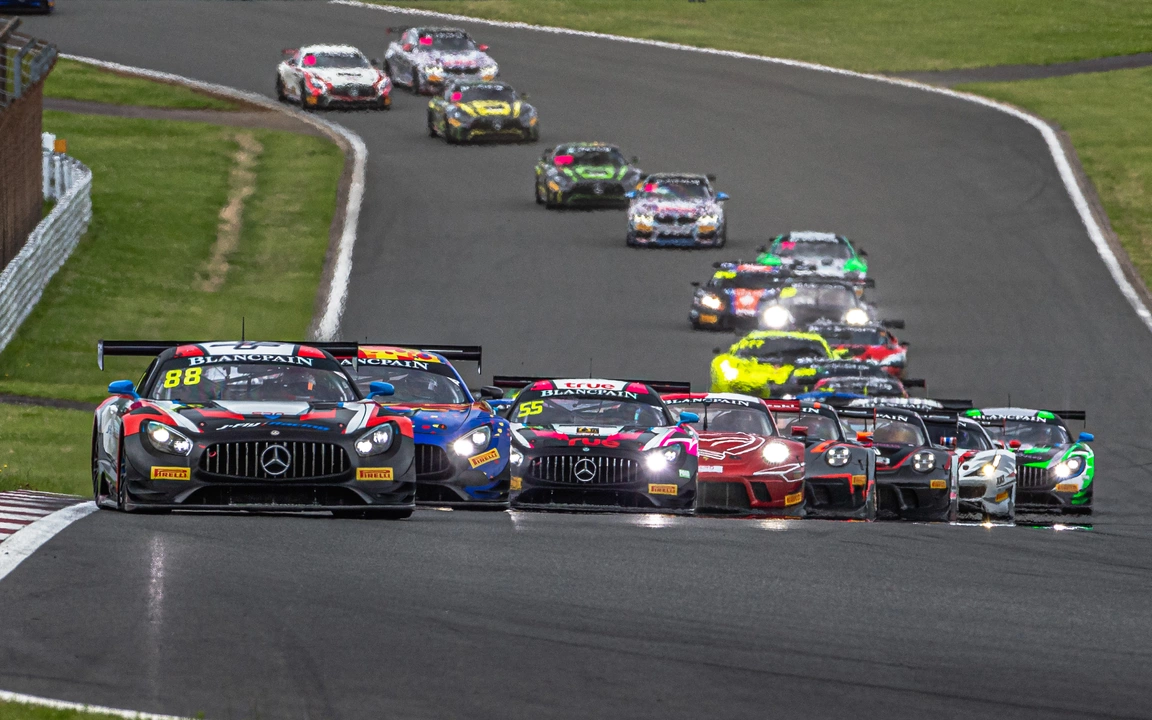Popularity in Motorsports – Why It Matters
Ever wondered why some races fill the grandstands while others struggle for a few dozen spectators? It all comes down to popularity. When a series or event is popular, you get louder crowds, more sponsors, and better media coverage. That energy feeds back into the sport, making it even more exciting for everyone.
What Makes a Race Popular?
First, the drivers. Fans love personalities that stand out – think of the boldness of a MotoGP rider hitting 220 mph or the drama of an F1 pit stop. A driver’s story, whether it's a rookie climbing the ranks or a legend defending a title, creates a hook that people follow.
Second, the spectacle. Events like the Indianapolis 500 or a Formula 1 Grand Prix have long histories, unique tracks, and high‑speed action that keep viewers on edge. When a race offers something you can’t get anywhere else – a historic venue, crazy weather, or a surprising rule change – interest spikes.
Third, media buzz. News about a chef swapping TV judges (yes, even that kind of drama can spill over into sports chatter) shows how quickly popularity spreads. Rumours, like Ferrari possibly joining IndyCar, spark debates online and draw new eyes to the sport.
How Clubs Can Boost Popularity
For a local club like Ystrad Mynach Motorsports, the goal is to turn niche fans into regular attendees. Start by promoting the human side: share driver profiles, behind‑the‑scenes videos, and stories about how people get into racing. People connect with real experiences more than just stats.
Next, host interactive events. A “meet the driver” day, a track‑day for beginners, or a live‑stream of a local race with a chat feature lets fans feel involved. When fans can ask questions and see the action up close, they’re more likely to share it with friends.
Don’t forget social media. Short clips of a MotoGP bike roaring past 220 mph or a funny moment from a race car driver’s training session are perfect for quick shares. Tag relevant hashtags – #motorsport, #racecar, #popularity – to reach a broader audience.
Finally, leverage local partnerships. Work with schools, car clubs, or even food festivals to cross‑promote. A joint event where a local bakery sponsors a pit‑stop challenge can draw families who might not otherwise attend a race.
Popularity isn’t just a buzzword; it’s the lifeblood of any motorsport community. By highlighting charismatic drivers, creating unforgettable spectacles, and engaging fans through modern channels, clubs can keep the adrenaline pumping and the crowds growing.
So next time you see a line of cars at the start line, ask yourself: what’s making this event popular? The answer will guide you on how to enjoy the sport even more and help it thrive for years to come.
